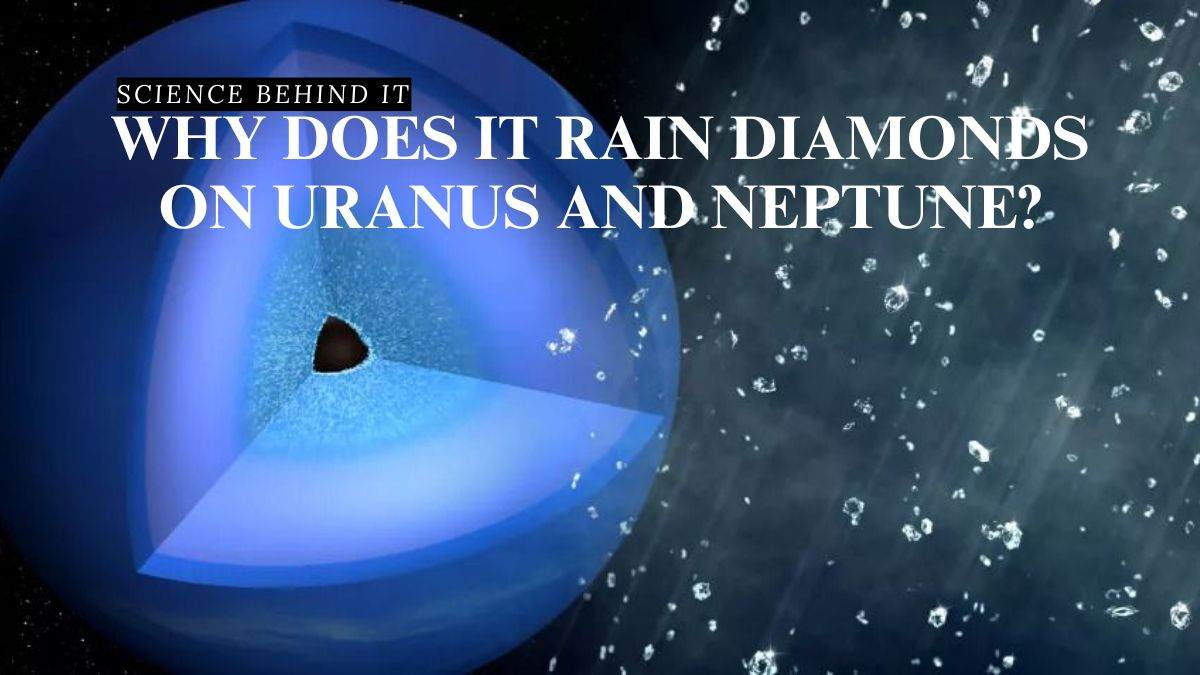 Read more: Found here
Read more: Found hereHeadlines:
Imagine a world where diamonds don't just sparkle in jewellery stores but rain from the sky. This isn't the plot of a science-fiction movie—it's a real phenomenon happening deep inside Uranus and Neptune . Recent research from SLAC National Accelerator Laboratory suggests that intense pressure inside these ice giants causes carbon atoms to crystallize into diamonds , which then fall like rain through their atmospheres. In a groundbreaking study conducted by SLAC National Accelerator Laboratory (2024), researchers have provided new insights into an astonishing phenomenon: diamond rain on Uranus and Neptune .
Despite being the most distant planets in our Solar System, Uranus and Neptune continue to surprise scientists. With only one space mission— NASA's Voyager 2 —to have visited them, much of what we know comes from theoretical models, telescope observations, and laboratory experiments that simulate their extreme conditions. But how exactly does diamond rain form? And what does this tell us about these distant worlds?
Tilted on Its Side: Uranus rotates at a 98-degree tilt which makes it the only planet that orbits the Sun on its side.
Longest Seasons in the Solar System: Due to its tilt, each season lasts 21 Earth years , leading to extreme weather conditions.
Discovered in 1781: William Herschel found Uranus using a telescope, making it the first planet discovered beyond the naked-eye planets .
No comments:
Post a Comment